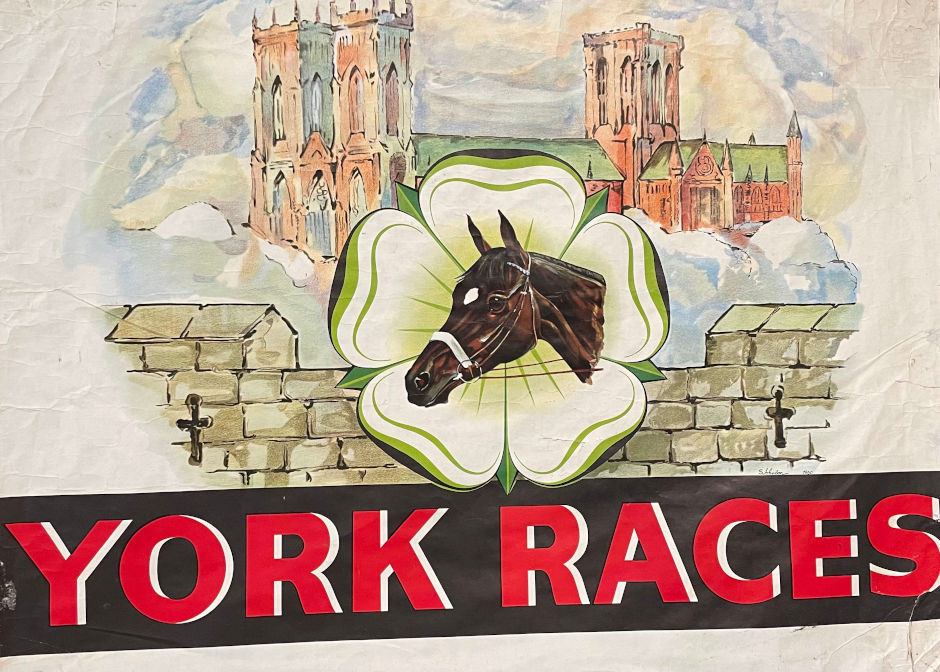
The definition of a poster is a large printed picture, photograph or notice that is used for the purpose of decoration, announcement or advertisement. By contrast, an art print is a piece of artwork that has been created manually – either drawn, carved or inked – before being printed. While posters are usually mass produced, prints are normally only available in limited numbers.
Previously, collecting art prints was viewed as a stepping stone to collecting original ‘real’ artwork but this is a misconception – many collectors focus only on art prints; they are easy to display and will not overpower the proportions of a modern room. What’s more, prints can be found to suit all budgets from a few pounds to thousands and a print by a sought-after artist such as Warhol, Toulouse-Lautrec or Picasso can command higher prices than an original painting by an unknown.
Collecting posters, particularly cinema or propaganda posters, is within reach of the new collector, although as our blog ’10 valuable movie posters you just might own’ describes, there are some that command hundreds of thousands of pounds!
Identifying vintage posters and prints
Antique or vintage prints may become brittle over time due to drying out, and may develop brownish-red spots known as ‘foxing’. Another sign of age for a print, but not automatic proof, is its odour; a vintage print may smell old and musty through age. Silk screen prints will have a thicker layer of paint on the paper which will crack over time; if cracks can be seen or felt in the texture of the print, it is likely to be authentic.
Between 1880 and World War 2, posters were produced using the lithographic process, incorporating strong, vibrant colours. The paints used were oil based and over time, an image would sink through to the back of the poster. So, if an outline of the image can be seen on the reverse, that is a good indicator of age and authenticity. The colour of a genuine vintage poster will also be uniform, with no pixelation or dots and very early pieces will have a texture like newsprint rather than a page from a glossy magazine.
As with any area of collectables, condition is key as the transient nature of vintage posters and vintage art prints means that if any have survived, they may be in poor condition. Some conservators and restorers believe that normal wear and tear, plus patination, should be preserved, as age is why collectors are drawn to these pieces.
In our blog ‘Collecting antique art – a beginner’s guide’, we recommend that the novice collector should start with items they like and can afford, and this applies to posters and prints alike. Then, decide on a period and genre, for example Art Deco advertising posters. Alternatively, if you have interests in other areas of collectables such as railwayana, London Transport station posters and train carriage prints are a popular choice and can combine two passions for the modern collector.
Vintage posters and prints do represent a good investment in the long term and their value will not plummet, like new cars or furniture. Trend-proof and beautiful, vintage posters and prints add a unique twist to any interior and will provide you with a great conversation piece.
Our dealers at Hemswell Antique Centres form an eclectic mix of experts who all share a common passion for their subject. Whether you are looking for a vintage print or a vintage poster, you are sure to find something to catch your eye, as you browse our four buildings of antiques and collectables.